What Does Custom Application Development and Maintenance (CADM) Mean?
Custom Application Development and Maintenance (CADM) refers to the process of designing, developing, deployi ng, and continuously improving software applications that are specifically tailored to meet the unique needs of a business.
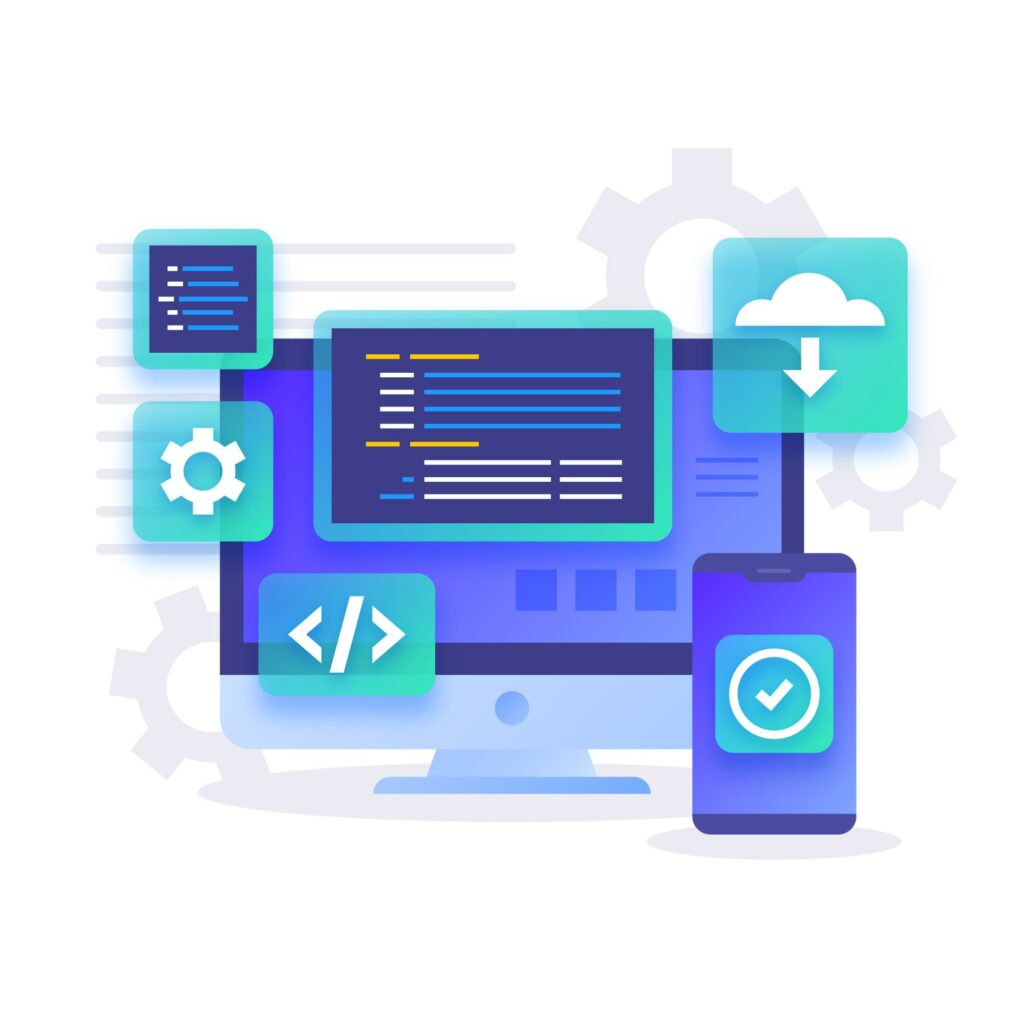
Unlike off-the-shelf software solutions, which are created to serve general purposes, custom applications are developed from scratch to address unique business challenges. This ensures that the software aligns perfectly with the company’s operational workflows, goals, and specific market demands.
The custom application development process typically begins with a thorough analysis of the business requirements. This involves understanding the specific problems the business is trying to solve and defining the necessary features and functionalities. Once the requirements are clear, developers design and build the application, ensuring it integrates seamlessly with the organization’s existing systems, such as CRM or ERP platforms.
A key advantage of custom applications is their scalability. As businesses grow or as market conditions evolve, the application can be scaled and adapted to accommodate these changes without the limitations often found in pre-built software. Furthermore, custom applications offer full control over features and future upgrades, allowing businesses to adjust and expand the software as needed.
Ongoing maintenance is critical for keeping the application secure, updated, and optimized for performance. Maintenance services include applying security patches, fixing bugs, enhancing performance, and incorporating user feedback. Through CADM, businesses gain long-term value and flexibility, ensuring that their software solutions support both current operations and future growth.
What is Custom Application Development?
Custom application development focuses on building software solutions that are uniquely designed to address an organization’s specific needs and objectives. Unlike generic, off-the-shelf software, custom applications are tailored in every aspect, including functionality, features, and design, to align with the company’s unique workflows, goals, and market demands. This personalized approach ensures that the software integrates seamlessly into the organization’s operations and supports its long-term strategic vision.
The custom application development process typically begins with gathering in-depth requirements from key stakeholders within the organization. This initial stage is crucial for understanding the specific business challenges the software aims to solve. Additionally, it involves evaluating existing workflows, analyzing pain points, and identifying opportunities where a custom solution can enhance efficiency or address a unique problem.
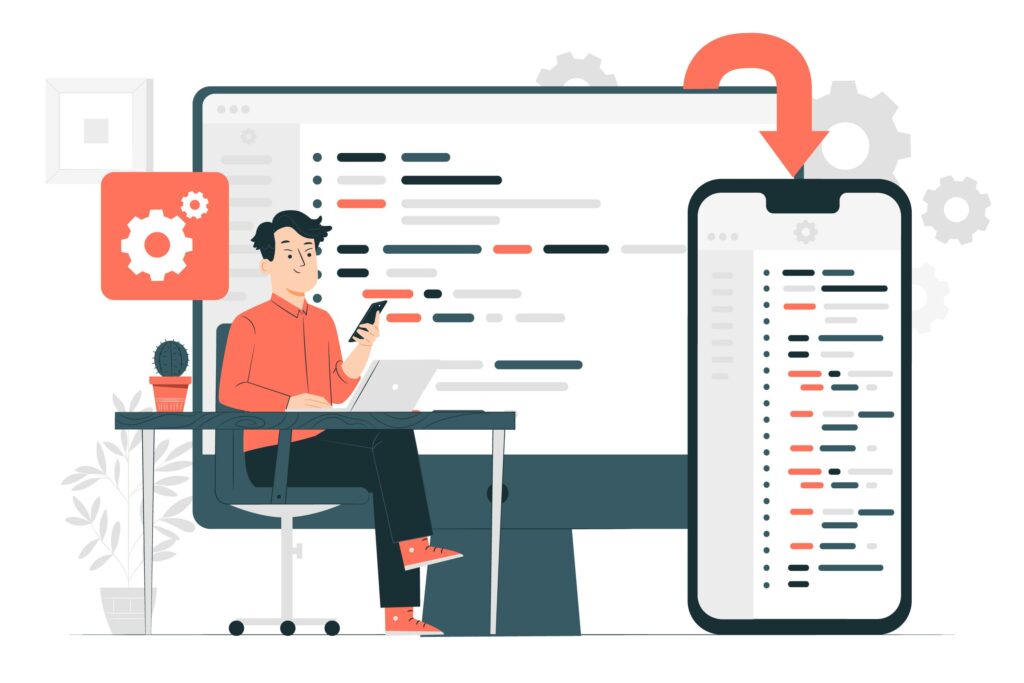
Once the requirements are clear, developers move on to analyzing the business context, which includes understanding the company’s goals, industry trends, and how the software needs to function in real-world scenarios. The insights gained from this analysis help guide the design and development of a software application that not only meets immediate business needs but also provides flexibility for future growth.
The result is a software solution that is fully customized to the organization, offering a more efficient and effective way of operating. Custom application development transforms a company’s specific requirements into a software tool that drives productivity, innovation, and long-term success.
Key Steps in Custom Application Development
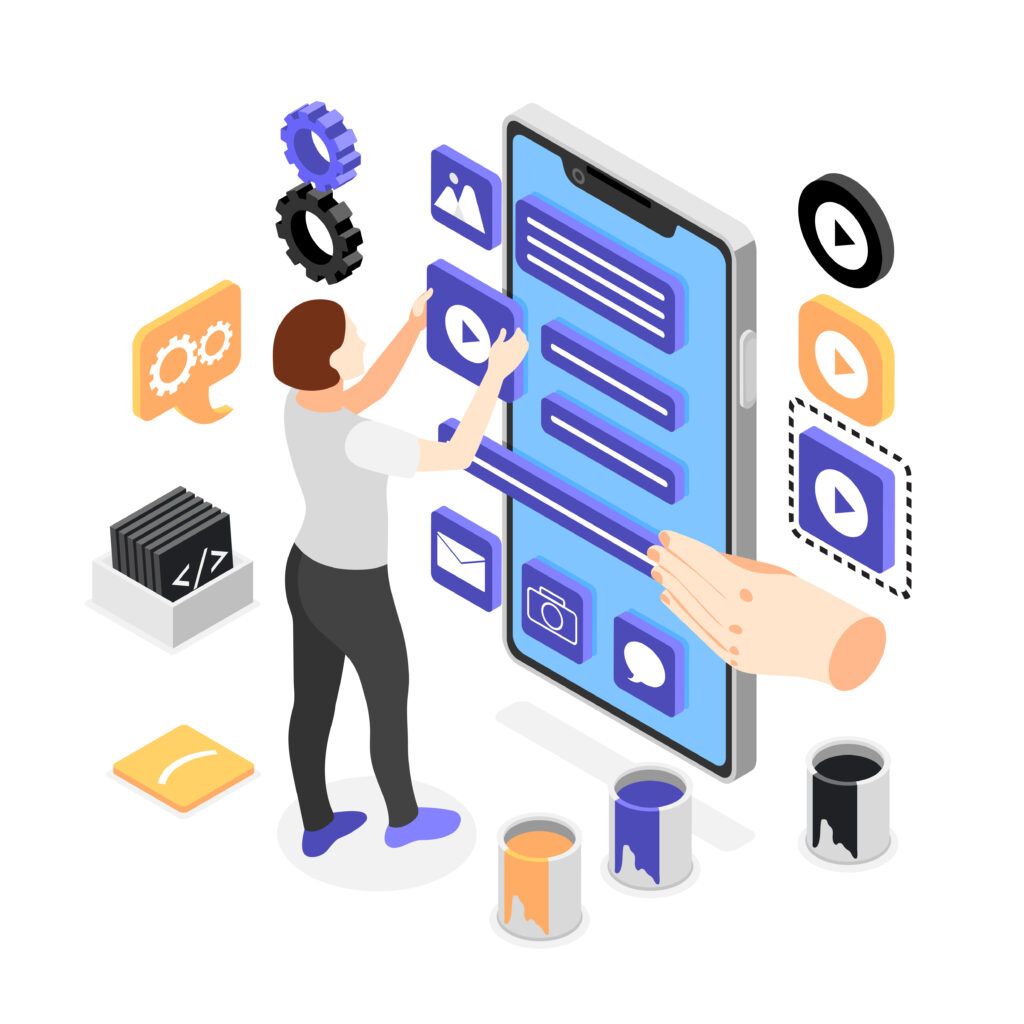
Requirement Analysis
- Objective: To fully understand the business problem that the application will address. During this phase, the process involves collecting detailed requirements from stakeholders, assessing current workflows, and clearly defining the project scope.
- Deliverable: A comprehensive specification outlining the features, functionalities, and technical requirements such as performance, security, and system integration.
Design & Prototyping
- Objective: To create a detailed architecture and design for the application, including both the user interface (UI) and user experience (UX). This involves developing wireframes, workflows, and mockups to provide a visual representation of the system before actual development begins.
- Deliverable: Wireframes, prototypes, and design documentation that offer a blueprint for developers to follow during the build process.
Development
- Objective: To write the code and bring the application to life. In this stage, developers work on developing the application logic, setting up the database, and, if needed, integrating third-party services or APIs. Additionally, depending on the complexity of the project, multiple programming languages and frameworks may be used.
- Deliverable: A functional version of the application, tested and built in line with the project’s
defined requirements.
Testing
- Objective: To ensure that the application is free from bugs, meets the specified requirements, and performs efficiently in real-world environments. During this phase, testing comprehensively covers functional, performance, security, and usability aspects.
- Deliverable: A thoroughly vetted application, ready for deployment after passing all necessary tests.
Deployment
- Objective: To release the application into the live environment where it becomes available for business use or customer interaction.
- Deliverable: The operational, live version of the custom application, ready for users.
Benefits of Custom Application Development
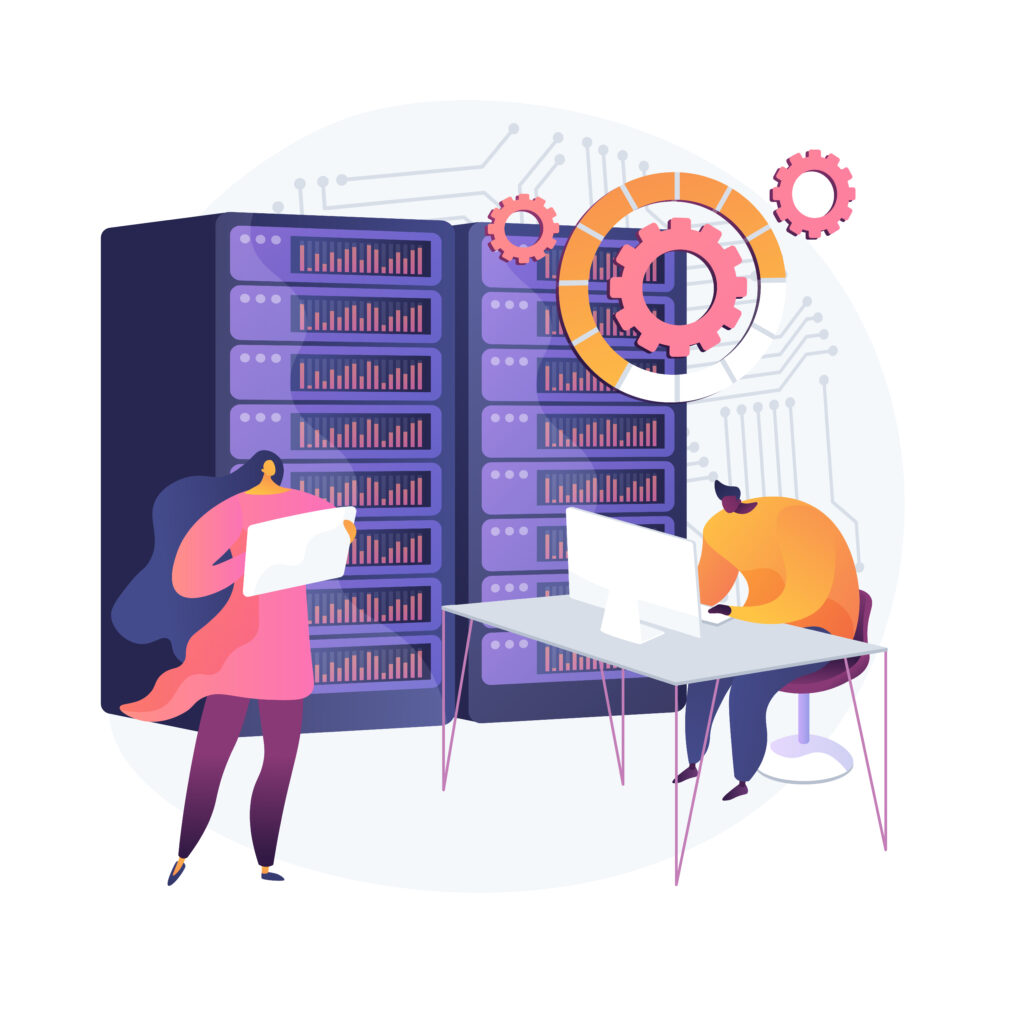
Tailored Solutions:
Developers meticulously design custom applications to meet the unique needs of a business, leading to more efficient processes and enhanced user experiences. By specifically focusing on the requirements of an organization, these applications ensure that every feature not only serves a purpose but also actively contributes to achieving business goals
Scalability:
One of the significant advantages of custom applications is, indeed, their inherent flexibility. Since they are built to accommodate future growth, they allow businesses to scale their software solutions seamlessly as demands evolve. Consequently, this scalability ensures that the application can adapt to changing market conditions, user requirements, or organizational changes without needing a complete redesign.
Integration:
Custom applications can be seamlessly integrated with existing systems, such as Customer Relationship Management (CRM) or Enterprise Resource Planning (ERP) platforms. This integration improves data flow across departments, enhances collaboration, and enables greater automation of processes, ultimately leading to increased operational efficiency.
Ownership and Control:
Custom application development grants businesses complete control over their software solutions. As a result, organizations can dictate the features, functionalities, and direction of future development, ensuring the application evolves in alignment with their changing needs. Furthermore, this level of ownership empowers businesses to innovate and adapt freely, without facing the limitations of off-the-shelf solutions.
Competitive Advantage:
Implementing custom software tailored to specific business processes provides a significant competitive edge that generic software cannot offer. Businesses can differentiate themselves in the marketplace by leveraging unique features and workflows closely aligned with their operational strategies, which leads to improved customer satisfaction and overall success.
Custom Application Maintenance
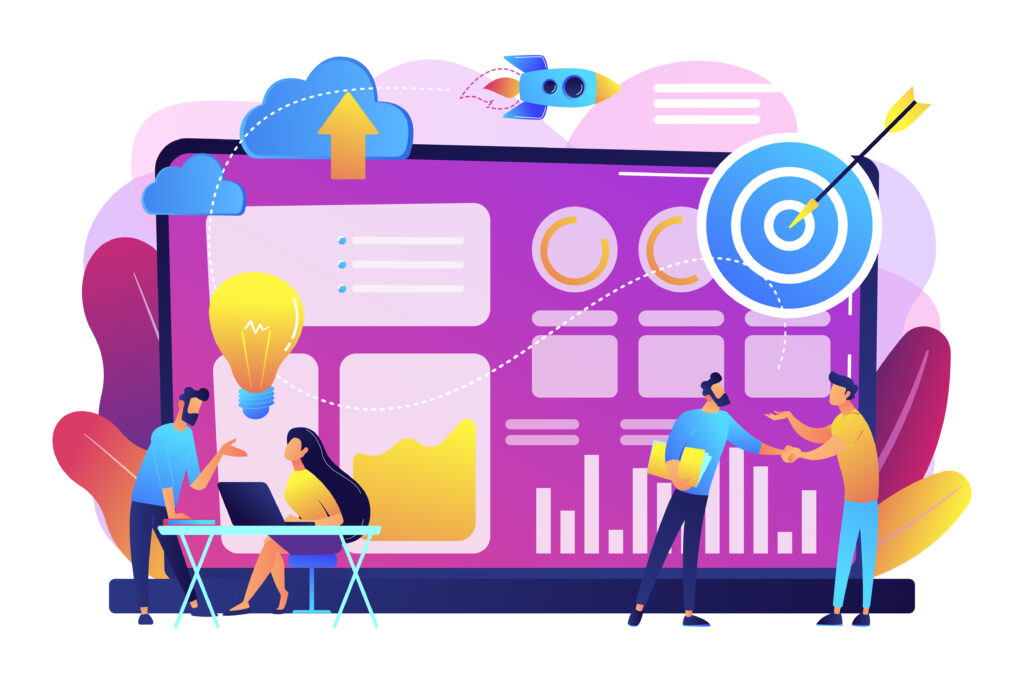
What is Application Maintenance?
Custom application maintenance is the continuous process of managing, updating, and optimizing a software solution after its deployment. Moreover, it ensures that the application remains functional, secure, and aligned with evolving business needs, user feedback, and technological advancements.
Types of Application Maintenance
Corrective Maintenance
Objective: To fix bugs or issues that were not identified during initial testing or that emerge during real-world usage. This ensures the software remains stable and performs as intended.
Example: Addressing problems like system crashes, slow performance, or unexpected behavior.
Adaptive Maintenance
Objective: To update the application in response to changes in the external environment, such as new operating systems, browser updates, hardware upgrades, or regulatory changes.
Example: Modifying the application to ensure compatibility with a newly released browser version.
Perfective Maintenance
Objective: To improve or optimize the application based on user feedback or new business requirements. This involves enhancing features, performance, or overall usability.
Example: Introducing new functionality, streamlining workflows, or refining the user interface for better experiences.
Key Aspects of Application Maintenance
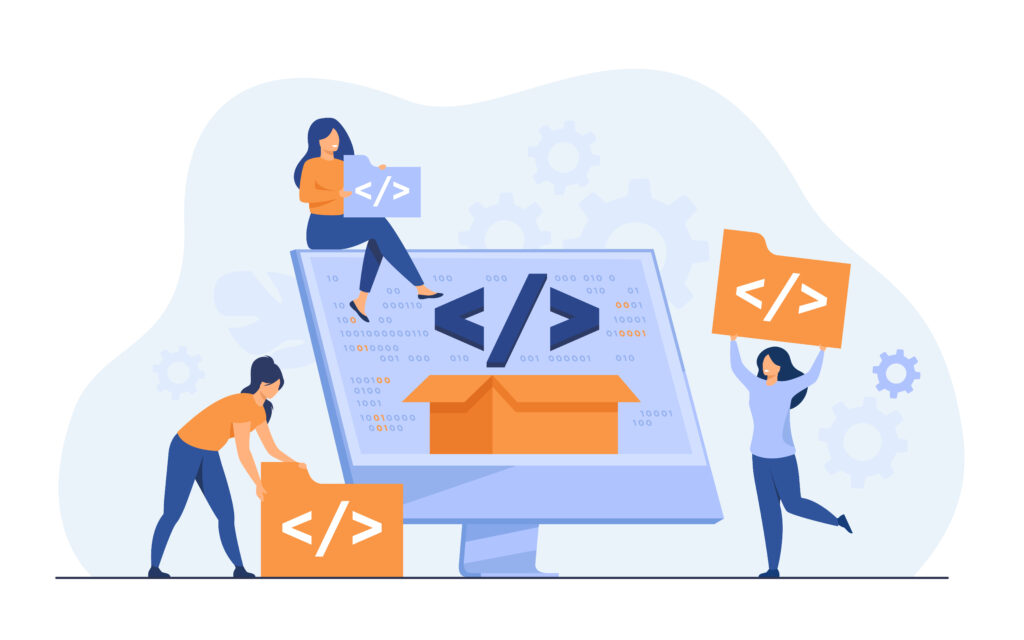
Performance Monitoring
Ongoing tracking of the application’s performance to identify and resolve potential bottlenecks, inefficiencies, or any issues that may affect its functionality.
Security Updates
Applying patches and updates to fix vulnerabilities and protect the application from threats like hacking, data breaches, and malware.
User Support and Troubleshooting
Providing assistance to users who face issues while using the application. This includes answering queries, offering training, and troubleshooting technical problems.
Regular Updates
Continuously updating the application with new features, security patches, and performance enhancements to keep it competitive and aligned with evolving business needs.
Benefits of Application Maintenance
Prolonged Application Life
Regular updates and optimizations help ensure the software remains relevant, functional, and usable over an extended period.
Improved User Satisfaction
Ongoing maintenance addresses bugs and enhances usability, leading to a better user experience and higher satisfaction.
Reduced Downtime
Proactive maintenance helps prevent unexpected failures, ensuring smooth and uninterrupted business operations.
Cost Efficiency
Routine updates and preventive measures help avoid the need for costly major overhauls, resulting in long-term savings.
Security
Staying up to date with the latest security protocols helps protect sensitive data and reduces the risks associated with cyber threats.
[Want to learn more about best WordPress CRM Plugins? Click here to reach us.]
Conclusion
In conclusion, custom application development and maintenance provide businesses with tailored solutions that meet their specific needs and drive long-term success. By developing software that addresses unique challenges, companies can improve efficiency, scalability, and integration with existing systems.
Continuous maintenance ensures the application remains secure, updated, and adaptable to changing requirements. For businesses seeking expert guidance, Bobcares offers custom software and application development support services. With Bobcares, companies can rely on professional expertise to build, manage, and maintain their applications, ensuring lasting value and a competitive edge in their industry.







0 Comments